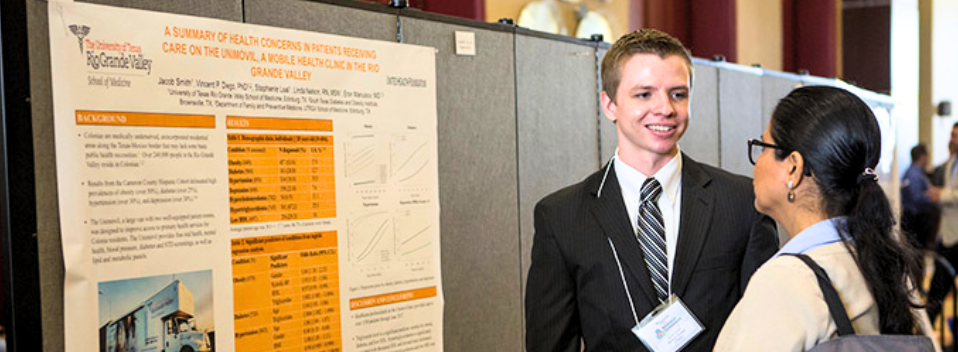MEDI 8127 Scholarly Activities Pre-Clerkship
Document Type
Article
Publication Date
2024
Abstract
Purpose: The purpose of this study is to compare the efficacy and safety of endovascular arteriovenous fistula (AVF) creation versus open surgical AVF creation for hemodialysis access across centers participating in the Dialysis Access Learning and Innovation Collaborative (DiAL-In Collaborative) in the United States. In this preliminary analysis, we report the baseline characteristics and clinical profile of enrolled patients at a single center.
Materials and Methods: A retrospective cohort study was conducted in 145 patients who underwent creation of an upper arm autogenous access (13 endoAVF and 132 openAVF) between July 1st, 2018 and July 1st, 2022 at the Brigham and Women’s Hospital. All patients were followed for a minimum of one year with a maximum follow-up until July 1st, 2023.
Results: Patients with an endoAVF procedure had on average higher age (74.77 vs. 67.35), male (62% vs. 48%), BMI (29.5 vs. 27.8), history of CABG (15% vs. 6%), peripheral artery disease (46% vs. 43%), and hypertension (92% vs. 87%). The open AVF cohort had on average patients with higher females (52% vs. 38%), coronary artery disease (33% vs. 31%), congestive heart failure (44% vs. 31%), history of PCI (19% vs. 8%), COPD (26% vs. 23%), diabetes (58% vs. 46%), and smoking (49% vs. 46%).
Conclusions: This restricted preliminary analysis looks at the demographics and preop covariates from a single center. However, it was noted that the endoAVF cohort had an older population when compared to the open AVF cohort, both groups had similar comorbidities.
Recommended Citation
Cruz, Melissa M.; Fitzgibbon, James J.; and Hussain, Mohamad A., "Comparative effectiveness of endo arteriovenous fistula vs open surgical arteriovenous fistula: a preliminary analysis." (2024). MEDI 8127 Scholarly Activities Pre-Clerkship. 55.
https://scholarworks.utrgv.edu/som8127/55
Academic Level
medical student


